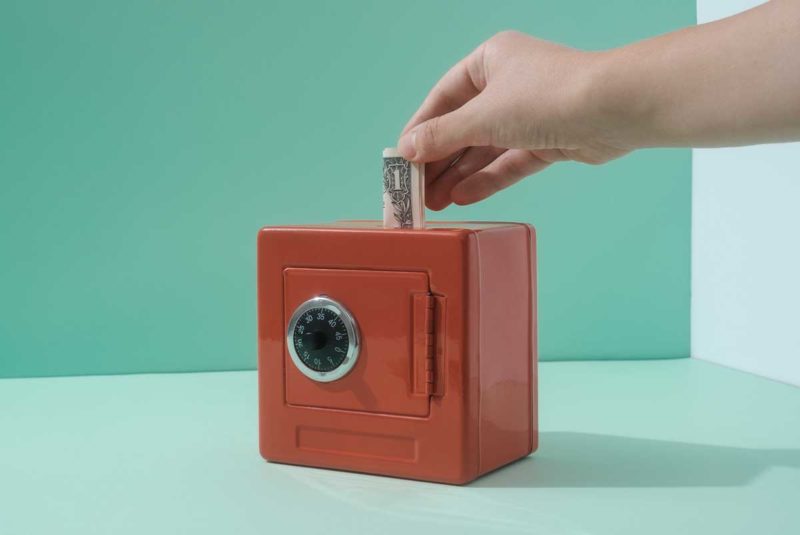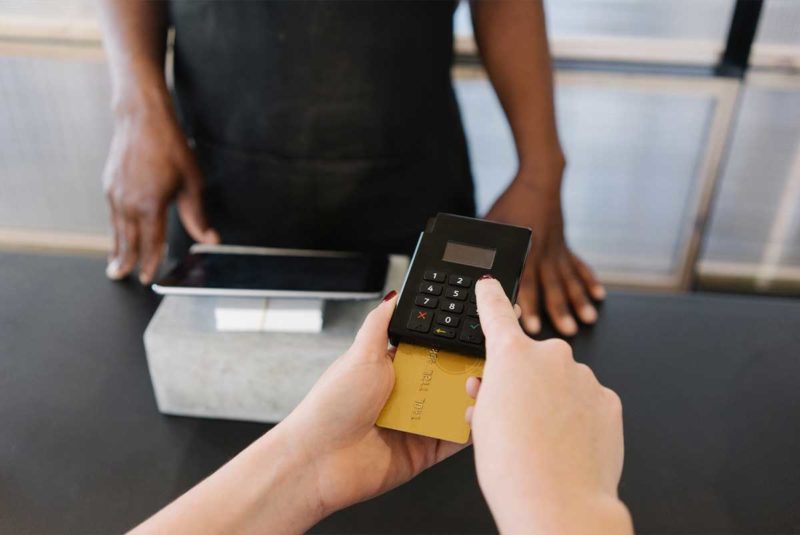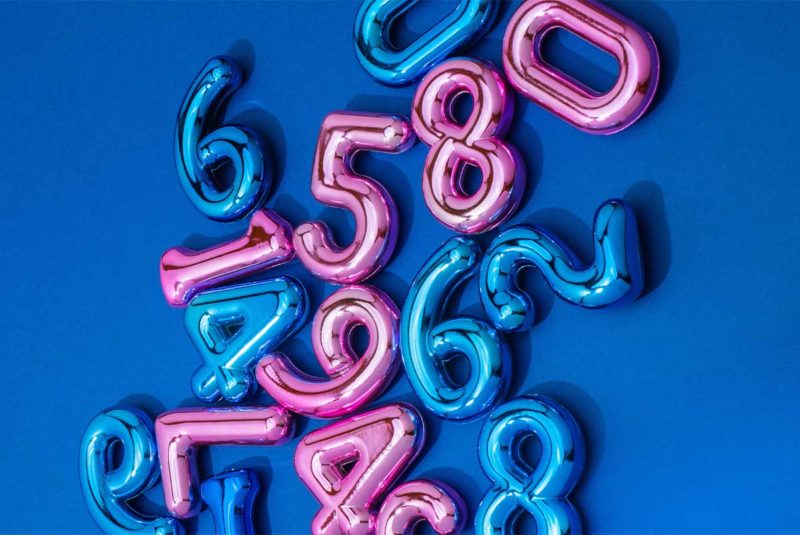When you need cash right away for an unexpected expense, you may be tempted to turn to your credit card for a cash advance. It’s easy to see the appeal. Credit card cash advances seem like an easy way to access money fast when you’re in a jam or need to cover financial needs with actual paper money.
Often, you can visit an ATM and use your credit card to withdraw the funds you need. But you’d be wise to pause before you take that step. Cash advances are generally a bad idea.
What Is a Credit Card Cash Advance?
A cash advance is like a loan from your credit card company. Normally, you use your credit card limit to charge purchases to your account. A cash advance lets you access a portion of that same line of credit to withdraw cash instead.
If it helps, you can think of a cash advance like using your card to purchase cash. But there’s a catch, and it’s a big one. The cost of accessing cash with your card can be different than using your credit card for regular purchases.
A cash advance can be one of the most expensive ways to use a credit card.
Note, if you decide to take out a cash advance (which we don’t recommend), there’s a maximum amount you can withdraw. You might have a $25,000 credit limit, but your cash advance line could be $5,500.
Some cash advance limits max out at less than $1,000. Call your credit card issuer or check your statement to find your cash advance credit line.
The Cost of a Cash Advance
When you use your credit cards wisely, it’s possible to borrow and repay money without owing your credit card company any interest or fees. The secret to never paying interest on your credit card is understanding your account’s grace period.
If you make purchases and pay off your full statement balance by the due date each month, you should be in the clear. The same is not true where cash advances are concerned.
Cash advances can cost you money in three ways, even if you pay off your statement balance by the due date.
- You may be charged an upfront cash advance fee: This fee is typically around $10 or 5% of the amount of your cash advance. (Check your credit card agreement for your card’s specific cash advance terms.)
- Interest starts accumulating right away: With a cash advance, your card’s grace period typically doesn’t apply. Instead, interest fees start adding up immediately and may compound daily until you repay what you borrowed.
- You may pay a higher interest rate: To add insult to injury, not only will you likely lose your grace period with cash advances, the interest you’re charged may be more expensive than usual. Many card issuers assign a higher APR to cash advance transactions.
If you withdraw your cash from an ATM or bank, that financial institution may add on fees of its own. These fees are normally small, but they’re worth mentioning since they can add to the overall cost of the experience.
How Cash Advances Impact Your Credit
A cash advance affects your credit the same way as any other credit card purchase. When your card issuer reports your account activity to the three credit bureaus each month (sometimes less frequently), it may share the following information.
- Account number
- Credit card balance
- Highest historical balance
- Payment history
- Credit limit
- Past due balance (if applicable)
- Account status (open, closed, charged off, etc.)
Although your credit card balance may be reported to Equifax®, TransUnion®, and Experian™, how that balance came to be is missing. The credit bureaus have no idea whether that $1,000 credit card balance came from regular purchases, balance transfers, or — you guessed it — cash advances.
Information about cash advances isn’t included in your credit reports. So, it will never directly affect your credit scores.
As long as you pay your credit card bill on time and keep your credit utilization low, a cash advance shouldn’t have any indirect negative impact on your credit either. Pay late or maintain a high account balance relative to your credit limit, however, and your credit scores may suffer.
Cash Advance Alternatives
Because cash advances are such an expensive way to borrow, you’re generally better off looking for another way to cover your financial emergency. There are several alternatives available when you need quick access to cash or a payday advance — especially if your credit is in decent shape.
If you need to borrow cash in a hurry you might consider:
- Personal loans
- Balance transfer checks
- Borrowing from a loved one
Do you have credit problems? You still might qualify for a payday alternative loan (PAL) from a local credit union, a type of short-term loan. Just don’t confuse PALs with the payday loans you can get from predatory payday lenders.
Improve Your Options for the Future
In the long run, the best way to avoid the temptation of cash advances is by building a healthy emergency fund. It’s okay to start small at first. Then, work toward building $1,000 in emergency cash reserves.
Once you hit your $1,000 milestone, aim a little higher. Many financial experts recommend tucking away at least six months’ worth of your expenses in an emergency savings bank account.
The Short Version
- A cash advance from an ATM can provide quick funds but should be avoided except for emergencies
- Cash advances come with high fees, and you’ll immediately start accruing interest at a high rate
- Consider other options, like a personal loan, before going with a cash advance




